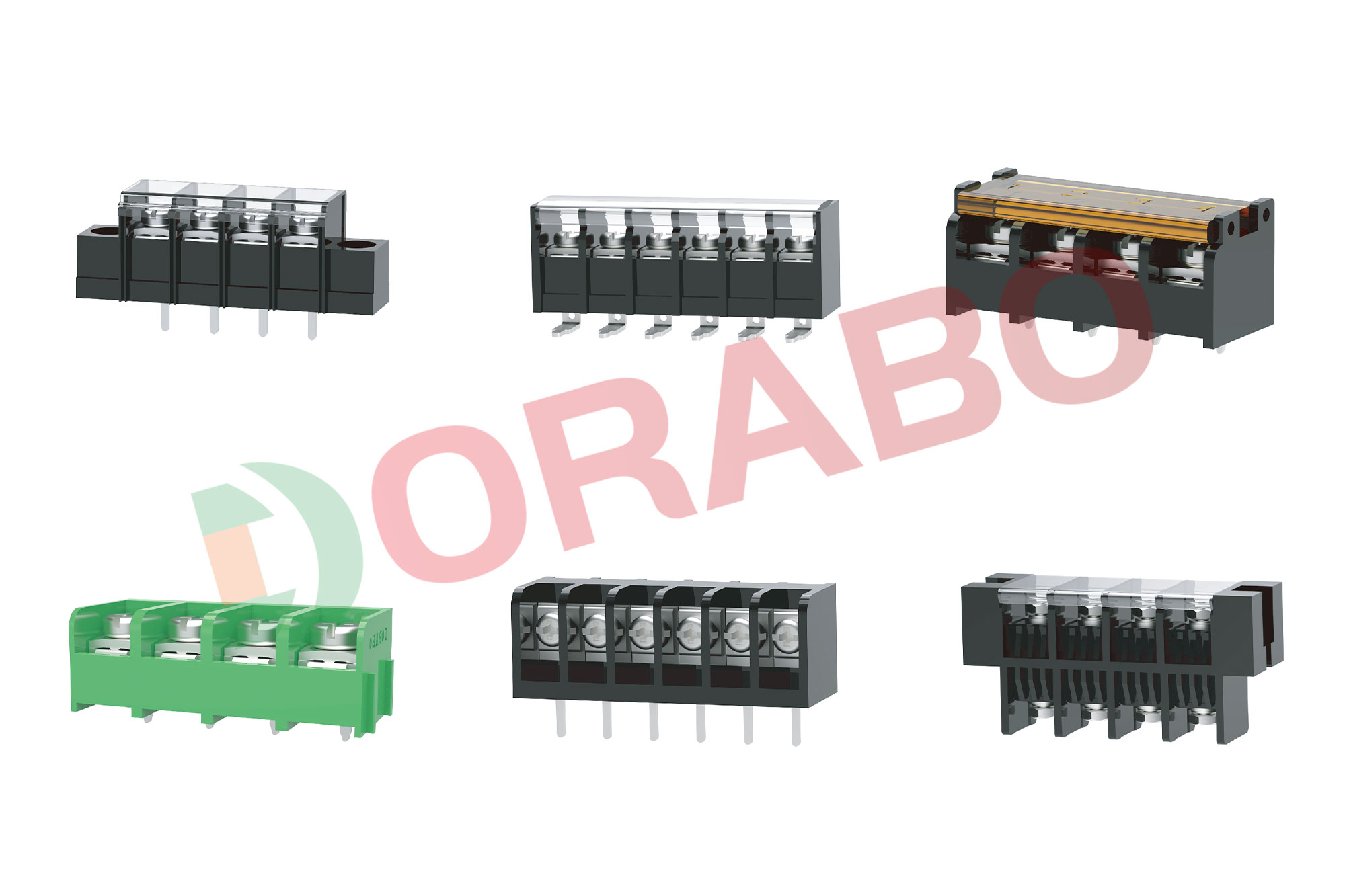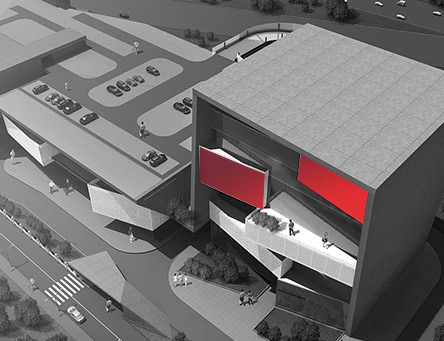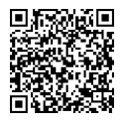Terminal blocks are connectors that terminate individual wires and connect them to a circuit or other system. Terminal blocks come in many shapes, sizes, and ratings, but always terminate a single wire, never multi-pole. Terminals are arranged in rows, but only one wire is connected to each terminal.
Terminal block connectors are useful in situations where a semi-permanent connection is required, which may require inspection, wire replacement, repair, and replacement. While not all terminal blocks have PCB contact pads or legs, they always have some mechanical entity made of plastic or other insulating material.
The most common connection method for terminal blocks is with screws, in which wires are inserted and then clamped using a single screw. Larger terminals used with larger cables typically use screws to push the wires against the metal body, while terminals used with thinner wires use screws to push down a lever or flat head, pressing the wire against the metal insert.
Other terminals may use screwless rods, which can be thought of as fish cages. The wire is inserted and the lever is lowered, which prevents the wire from being pulled back. Another type of terminal is a terminal block with screws to hold the inserted cable on one end and the plug on the other so that the block can be inserted into the female connector.





















 Contact us
Contact us Language
Language


